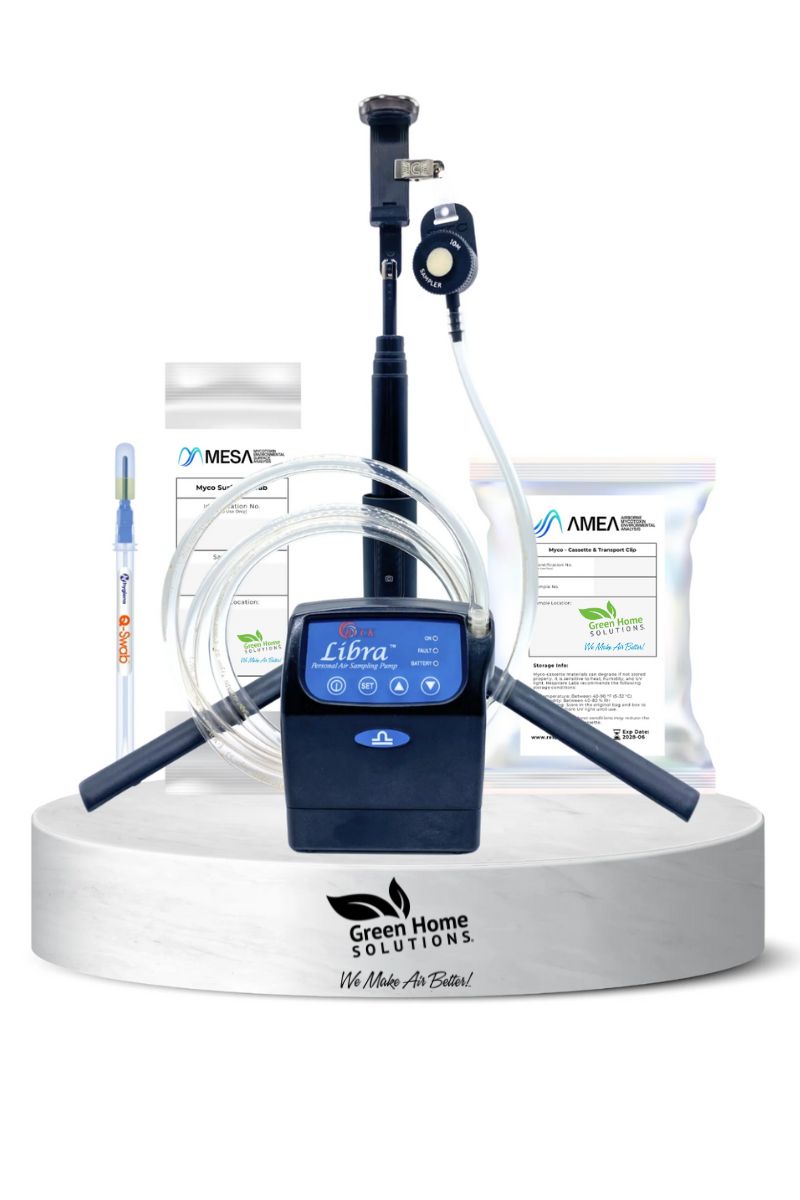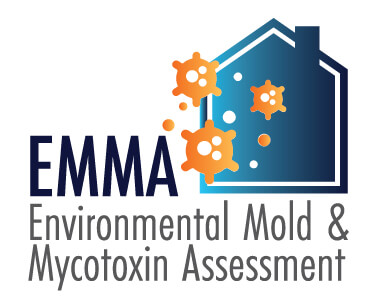The Need of Mycotoxin Testing in Agricultural Products to Make Certain Consumer Safety
The necessity of mycotoxin testing in agricultural products is a vital facet of public wellness and safety that warrants comprehensive examination. Mycotoxins, harmful compounds generated by particular fungi, can penetrate various crops, leading to significant health dangers for customers, such as cancer causing impacts and body organ damages. Normal mycotoxin screening not just gets rid of and identifies infected products from the supply chain yet also guarantees conformity with safety and security standards and boosts consumer trust. However, understanding the techniques and benefits of such screening is important to fully value its importance in guarding our food supply.
Recognizing Mycotoxins
Mycotoxins, hazardous secondary metabolites created by specific fungis, offer a considerable threat to farming items and human health. These compounds are produced by different types of molds, such as Aspergillus, Fusarium, and Penicillium, which can pollute plants both pre- and post-harvest - Mycotoxin testing Services. One of the most usual mycotoxins consist of aflatoxins, ochratoxin A, fumonisins, zearalenone, and deoxynivalenol (DON)
Mycotoxin contamination can take place under details environmental problems, such as high humidity and temperature, which prefer the development of mold and mildew. Agricultural products like cereals, nuts, spices, dried fruits, and coffee are especially vulnerable. The existence of mycotoxins in these commodities can lead to significant economic losses as a result of minimized crop yields and the necessity for rigorous testing and decontamination procedures.
Recognizing the biochemical nature and development of mycotoxins is important for establishing effective mitigation techniques. Research has shown that mycotoxins exhibit a variety of chemical frameworks and residential or commercial properties, making detection and removal tough. Advanced analytical methods, consisting of chromatography and mass spectrometry, are used to determine and quantify mycotoxins in farming products, making sure that contamination levels stay within secure limits developed by regulatory bodies.
Health And Wellness Dangers of Mycotoxins
Given the considerable threats connected with mycotoxins in agricultural products, comprehending their influence on health is vital. Mycotoxins, poisonous second metabolites generated by fungi, position severe threats to both human and animal wellness.
Intense mycotoxin poisoning, although much less usual, can cause immediate and extreme health issue such as liver damage, intestinal disruptions, and hemorrhaging. Ochratoxin A, one more potent mycotoxin, is linked to kidney damage and has prospective carcinogenic results. Fumonisins, largely affecting maize, are linked with esophageal cancer cells and neural tube defects.

Common Sources of Contamination
Understanding the usual sources of contamination is essential for effectively handling and mitigating the dangers presented by mycotoxins. Mycotoxins are hazardous secondary metabolites generated by particular sorts of fungis, which can pollute agricultural products at numerous phases of manufacturing, processing, and storage space. The primary resources of contamination include field problems, post-harvest handling, and storage space environments.
Field problems play a significant duty, with factors like climate, plant sensitivity, and dirt wellness influencing fungal growth. Crops such as corn, peanuts, wheat, and tree nuts are specifically vulnerable to mycotoxin-producing fungi like Aspergillus, Fusarium, and Penicillium species. Poor plant rotation and bad insect management can intensify the threat of contamination.
Post-harvest handling is another critical point where contamination can take place. Mechanical damage during harvesting and transportation develops entrance factors for fungis, while incorrect drying methods can leave dampness levels high enough to sustain fungal growth.
Storage environments contribute dramatically to contamination threats. Improperly preserved storage facilities with high humidity and temperature level degrees create optimal conditions for mycotoxin production. Normal examinations and proper storage problems are crucial in curbing this danger.
Mycotoxin Testing Methods
Reliable management of mycotoxin contamination hinges not just click for more on acknowledging potential sources but additionally on carrying out robust testing methods to detect these harmful compounds. Mycotoxin testing approaches can be generally classified into immunochemical and chromatographic techniques.
On the various other hand, enzyme-linked immunosorbent assay (ELISA) and side circulation assays project immunochemical approaches. ELISA, specifically, is widely utilized due to its cost-effectiveness, convenience of use, and fast turnaround time. Side circulation assays provide quick, on-site screening capacities, making them suitable for area applications where immediate decisions are required.
Additionally, developments in molecular biology have presented PCR-based methods with the ability of identifying mycotoxin-producing fungi at genetic levels, using a predictive method to contamination threat. Integrating these diverse methods boosts the reliability and comprehensiveness of mycotoxin discovery, making sure that agricultural items satisfy security criteria and protecting customers from possible health and wellness risks.
Advantages of Regular Checking

Normal mycotoxin testing supplies substantial advantages that considerably strengthen agricultural safety and security and top quality. Among the main benefits is the protection of customer health. Mycotoxins, hazardous substances created by specific fungi, can infect food and posture major health and wellness dangers, consisting of cancer and severe poisoning. Routine testing guarantees that contaminated products do not reach consumers, thereby alleviating wellness risks.
In addition, constant testing More Bonuses aids in preserving the stability and online reputation of farming manufacturers. By carefully keeping an eye on and managing mycotoxin levels, manufacturers can prevent lawful consequences and expensive recalls. This not just makes certain conformity with stringent global safety requirements however also fosters customer trust and loyalty.

Conclusion
The need of mycotoxin testing in agricultural items is emphasized by the considerable health dangers posed by these poisonous substances. Ensuring customer safety requires the identification and elimination of infected products from the supply go to these guys chain. Routine testing not just reduces the risk of intense poisoning and chronic wellness problems yet additionally sustains conformity with safety criteria. In addition, it boosts the reputation of manufacturers and fosters depend on within the farming supply chain, ultimately safeguarding public health and wellness.
The need of mycotoxin screening in farming products is an important facet of public health and safety and security that necessitates detailed examination. Mycotoxins, poisonous compounds produced by particular fungi, can infiltrate various crops, leading to substantial health risks for customers, such as cancer causing results and organ damages.Mycotoxins, hazardous additional metabolites produced by certain fungi, provide a considerable danger to farming items and human health and wellness.Provided the significant threats connected with mycotoxins in agricultural products, comprehending their influence on wellness is paramount (Mycotoxin testing Services).The requirement of mycotoxin screening in farming products is emphasized by the considerable health risks presented by these toxic substances